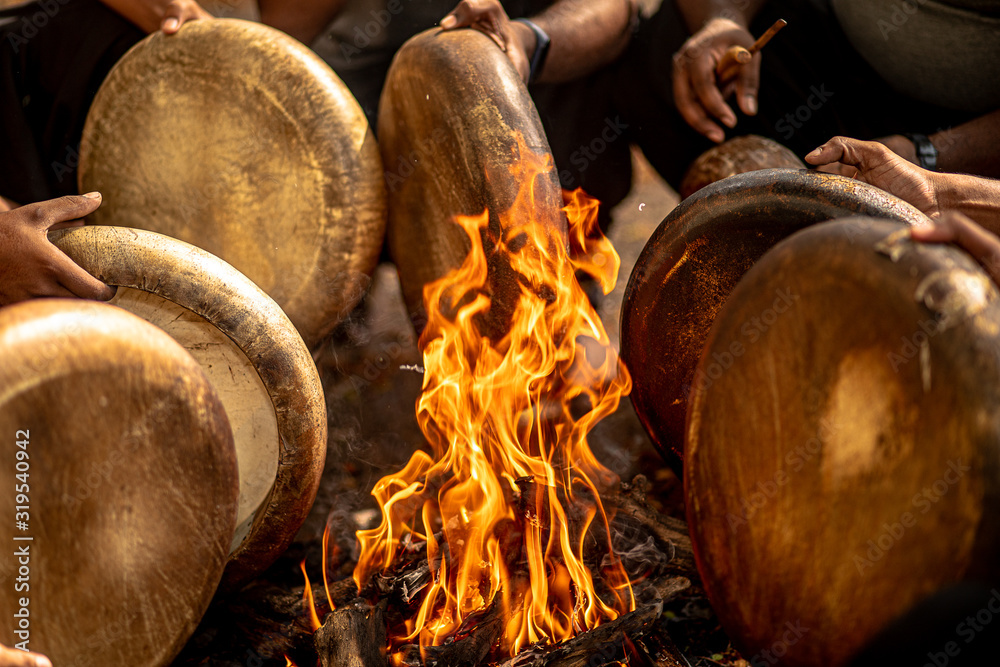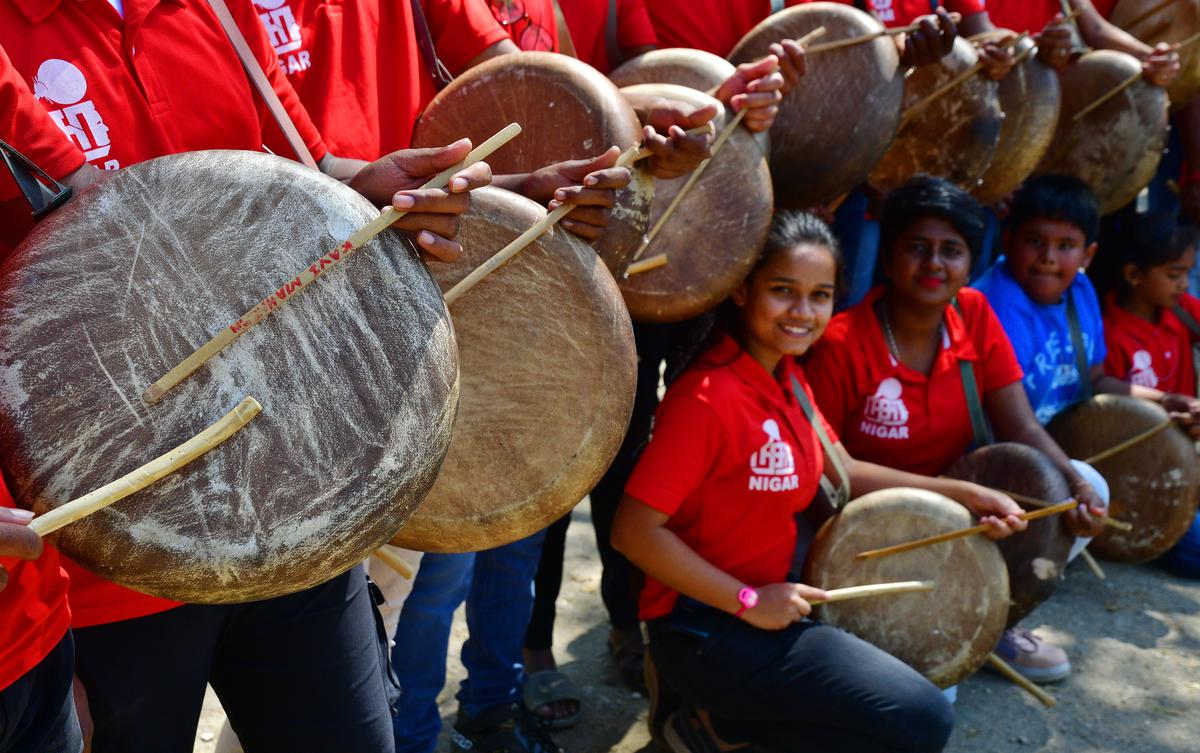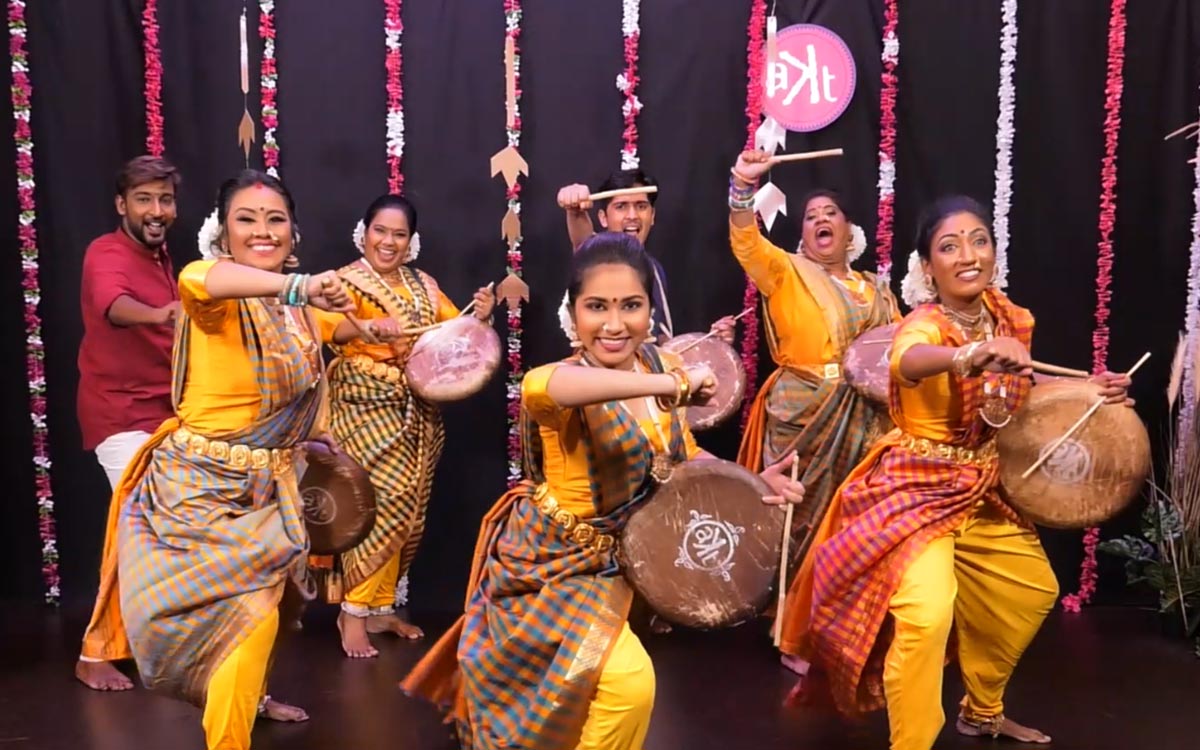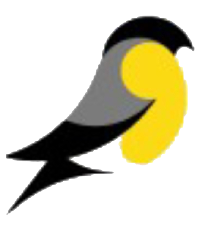Introduction:
The history of Parai traces back to prehistoric times. Parai was mentioned in Tolkappiyam as an important instrument that was played on many occasions and festivals. The Sangam corpus also gives detailed information about the instrument. Parai aatam was performed in the royal chambers of the Sangam courts. In Tamil, the word parai means ‘to say’ or ‘announce’. Historically, important announcements were made after playing this instrument to alert the audience or to spread the information among them. Thus, it was a prominent instrument used during ancient times by the kings, clan leaders, etc.
Described by both Vaisnavites and Shivaites as an instrument of war and victory, this particular instrument that was played in every festival and considered as one of the important communication tools was confined behind the clutches of caste. Parai, the term itself, was associated with impurity. The calfskin and the goat skin that were used in making the instrument were considered polluting. It was eventually rebranded as an instrument that was mainly played during the funerals, and the folk artists were also slowly secluded from the main landscape and were labelled as outcasts.

Parai:
The parai is a drum that is about 35 centimetres in diameter. Making of a parai involves neem wood, covered with animal skin. The dried buffalo skin is perfectly cut into the shape of a drum and attached to it. Tamarind seed paste is used as glue to attach the skin to the drum. An intense cleaning process is undertaken where the artists ensure that the instrument is perfectly cleaned and is devoid of any animal skin, showing meticulous craftsmanship. This process ensures that clear beats emerge from the drums without any hindrance. Parai is played with two sticks, one called Sunddu Kucchi and Adi Kucchi. This traditional instrument is supported by a shoulder strap. It is held vertically by pushing it towards the dancer’s left side of the body; this allows the drummer to play while standing, walking, or dancing. The dance form has five basic rhythms: Othayadi, Thenmangu, Saamiyaattam, Thullal and Uyirppu, but it may vary from region to region.

Parai in the caste nexus:
The caste name Paraiyar is said to be derived from the word Parai, which refers to the instrument. This caste group, placed at the bottom of the hierarchy of the caste pyramid, were vulnerable and oppressed. However, to improve their social status as early as the late nineteenth century launched an anti-caste movement. Many of them converted to Buddhism, and huge agitations were launched against the practice of untouchability, and some turned towards Christianity. Parai, an instrument that was looked down on and was associated with ill-fate due to the social, political and economic struggles today, stands as an instrument of freedom and liberation, fighting the evils with its strong beats.
We awakened the sleeping tiger with the beat of the Parai,
We awakened the pure Tamils with the power of Tamil.
-Bharathidasan
Parai Maruppu Porattam:
Parai is also called Thappu, the word translating into wrong and inauspicious, considering it is usually played only during the death of a person. However, from the literary sources, we get enough evidence to prove it otherwise. Ancient sources tell us that Parai was used for various other purposes. For example, the beat ‘Chaparathu adi’ was particularly used when the temple chariot came out of the temple to enlighten the devotees. Similarly, various other beats were used during the birth of a child, a festival gathering, a marriage, etc.
The Parai Maruppu Porattam, a movement where the Parai artists refused to play Parai at funerals. Across Tamil Nadu, starting from Cuddalore to Coimbatore, Parai was broken and burnt by the artists who showcased their anger and disdain against the oppression and discrimination they faced for centuries. This was their rebuttal; this movement was their form of seeking justice and equality. Parai, which was an instrument that was cloaked under the traditional and systematic enslavement, became the symbol of social justice and independence. Portrayed and identified as a sacrilegious instrument, Parai is embodied as an emblem of resistance.

Current status:
Currently, Parai serves as a tool of social empowerment. With more people appreciating Parai as an art form and with the elitist and casteist considering it as a part of their culture, also comes the problem of cultural appropriation. Conscious efforts have been implemented in making this art form into something that resembles what the people at the top of the pyramid acknowledge as art and music. For example, looking at the latest developments, we see changes to Paraiyattam so that it would resemble, in essence and choreography, the Brahminic classical dance of Bharatanatyam. While justified as an attempt at fusion, one cannot blindly ignore the cultural absorption and the sabotaging of Dalit identity.
On a brighter side, ‘parai aatam’ has recently become more gender inclusive, with more females showing enthusiasm to learn the folk art. It was considered unholy for women to even touch the instrument until the early 20th century. At present, Madras houses one of the largest all-girls Parai collectives that team up to deliver sensational beats every weekend. The sounds of Parai go as far as Africa. In recent times, scholars have found similarities between Parai plates by indigenous South Indians and the African tribal community known as ‘Zulu’.

Conclusion:
From womb to tomb, the beats travel along.
This instrument became a part of a person’s life from birth to death. According to historians, this instrument, the sound from the parai, can be heard approximately within a 5 to 10 km radius. Paraiattam is not just beats, dance and music, but an echo of resistance; it symbolises a culture that rebels against despotism. Historically, this instrument can be seen as a marker of caste hegemony, explaining the struggle between the dominant and the subaltern. While this instrument has become the focal point of many folk performances and has been assimilated by the popular culture, the evils of caste continue to lurk around the instrument and those who play it.

References:
https://www.thenewsminute.com/kerala/parai-then-and-now-instrument-plays-key-role-anti-caste-struggle-154197
Vimalsankar, Sangaranathan. (2022). The Tradition of Parai Instrument and Its Role. Shanlax International Journal of Tamil Research. 7. 12-17. 10.34293/tamil.v7i2.5819.
Arun, C.. (2007). From stigma to self-assertion: Paraiyars and the symbolism of the parai drum. Contributions to Indian Sociology. 41. 81-104. 10.1177/006996670704100104.
https://www.thehindu.com/news/cities/Madurai/parai-important-instrument-of-humankind-confined-to-a-caste-padma-shri-awardee-velu-aasan/article69535236.ece




